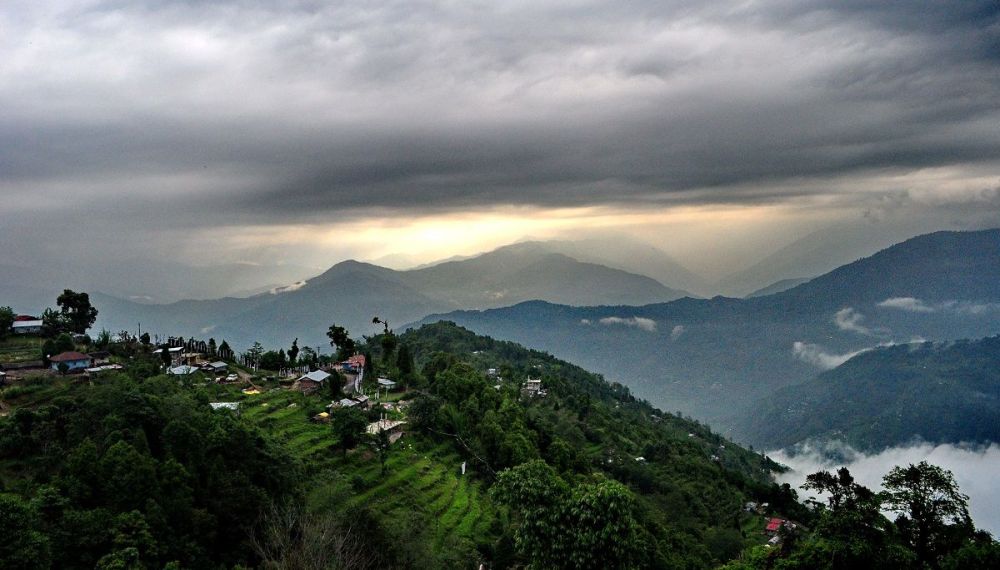

Nestled in the northern region of West Bengal, Kalimpong is a hill station that has a rich history intertwined with the evolution of tourism in the area. Originally, this small town was a part of the kingdoms of Bhutan and Sikkim. During the British Raj, Kalimpong's strategic position in the tea trade, as well as its temperate climate, made it a popular outpost for the British administrators.
The history of tourism in Kalimpong can be traced back to the early 20th century. Post the invasion of Tibet by British forces in 1904, Kalimpong flourished as a center for trade with Tibet, attracting merchants and planters. The influx of people also meant that the destination came onto the radars of those looking for respite from the heat of the Indian plains. The town saw the development of bungalows, inns, and lodges to accommodate these visitors.
After India achieved independence in 1947, domestic tourism got a boost as people began exploring their own country. Kalimpong's popularity grew as a peaceful getaway, with its lush green landscapes, colonial architecture, and panoramic views of the Himalayas. Over the years, the town's tourism infrastructure developed, with more hotels, guesthouses, and road connectivity improving its accessibility.
In recent years, there has been an emphasis on ecotourism and sustainable practices to maintain the pristine nature of the region. To cater to various audiences, Kalimpong has broadened its appeal with a range of activities: from paragliding for adventure seekers to serene monasteries for those seeking spiritual solace. It's also known for its diverse flora, particularly orchids, and springtime flower festivals that are a draw for botany enthusiasts.
Despite the ongoing developments, Kalimpong faces challenges such as preserving its cultural heritage and managing the environmental impact of tourism. The town's stakeholders understand the necessity of balancing economic growth with sustainability and are working towards innovative solutions to these issues.
Kalimpong is also focusing on cultural tourism, celebrating its unique Lepcha, Bhutia, and Nepali heritage through festivals, local crafts, and culinary experiences. There is a growing interest in cultural immersion experiences, which the town is capitalizing on.
The tourism history of Kalimpong tells a story of a destination evolving from a trade outpost to a beloved hill station. With its stunning natural beauty, vibrant history, and cultural diversity, Kalimpong continues to fascinate and charm visitors from around the world. As it moves forward, Kalimpong aims to embrace modern trends in tourism while honoring its rich past and conserving its natural and cultural treasures.